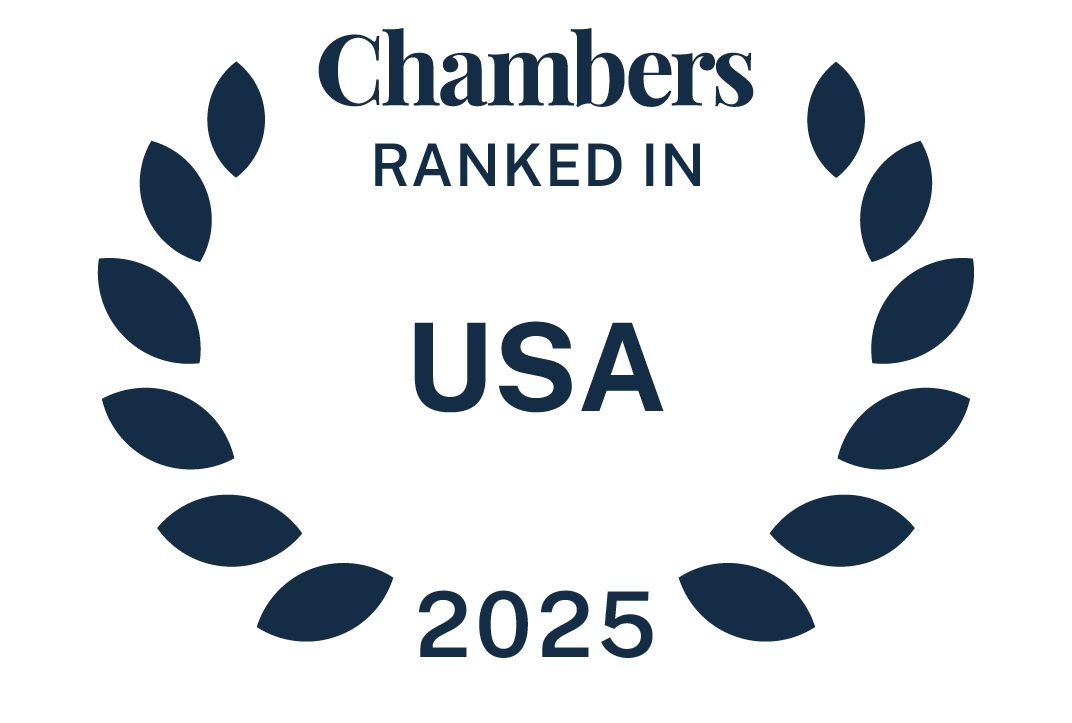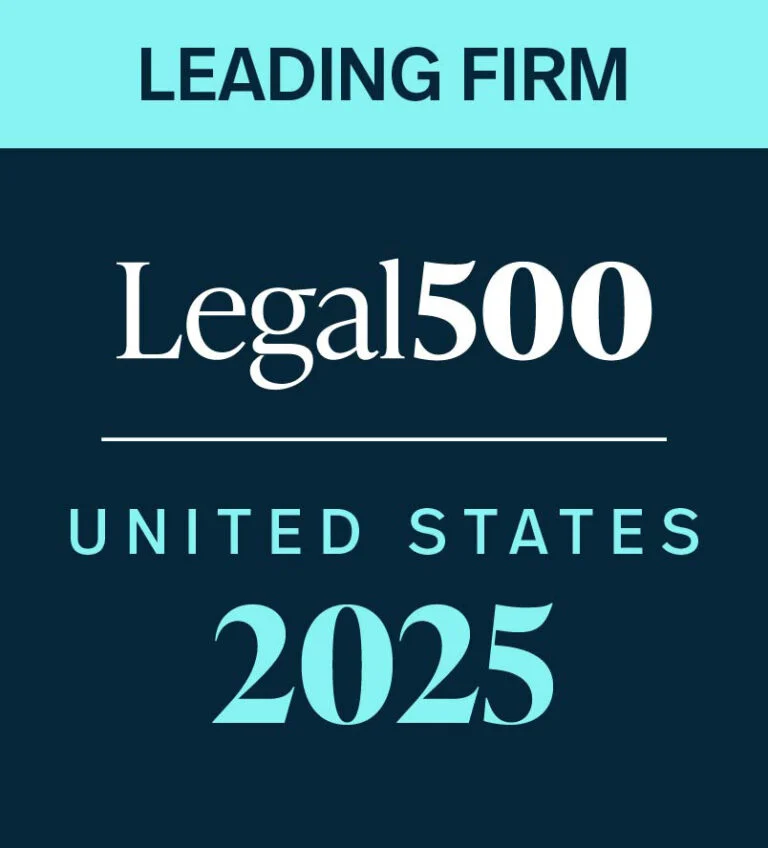The Federal Trade Commission (FTC) announced a settlement today with Barry Diller for failing to file a Hart-Scott-Rodino (HSR) notification in connection with his acquisition of shares of Coca-Cola over the course of 2010-2012. Diller will pay $480,000 in civil penalties.
Diller acquired Coca-Cola voting securities, and as a result of those acquisitions, held Coca-Cola shares valued in excess of the HSR thresholds, but did not file or observe the HSR waiting period. Diller made corrective filings over a year ago, which alerted the FTC to HSR Act violations. Diller had previously made a corrective filing in a separate transaction, and the FTC did not impose a penalty at that time but did note that “Mr. Diller is accountable for instituting an effective program to ensure full compliance with the [HSR] Act’s requirements.” Here, Diller only made the corrective filings after in-house counsel for Coca-Cola inquired as to whether an HSR filing was required for his most recent acquisition.
The FTC noted specifically that Diller’s acquisition did not fall within the “investment only” exemption – which generally exempts acquisitions of voting securities where the acquirer will hold less than 10 percent of the voting securities of the issuer and will remain a passive investor – because Diller intended to “participate in the formulation, determination, or direction of the basic business decisions of Coke” as a Coca-Cola board member.
This announcement follows the FTC’s June 20 announcement that MacAndrews & Forbes agreed to pay $720,000 in connection with its failure to file HSR. Like Diller’s situation, MacAndrews & Forbes also had a prior violation of the HSR Act in connection with a separate transaction. While not an official enforcement policy, the FTC appears to give first-time offenders one free pass, but will impose civil penalties where subsequent violations occur.
Institutional investors, executives and directors should take note of this case. Some institutional investors may be able to take advantage of the “investment only” exemption where their holdings remain below 10 percent and they do not take an active role in the business decisions of the company. However, the “investment only” exemption does not apply to executives or directors (like Diller) who may acquire shares on the open market or in connection with compensation packages.
read more


 Subscribe
Subscribe
